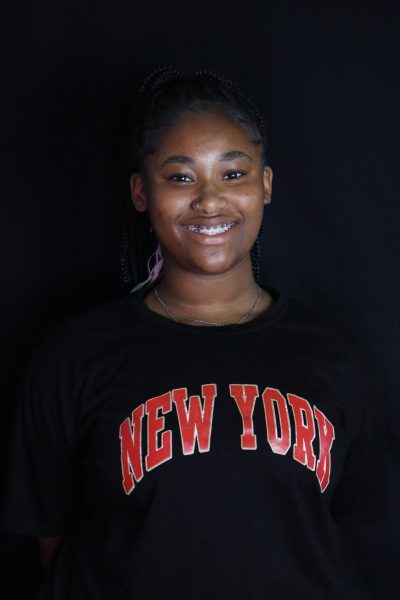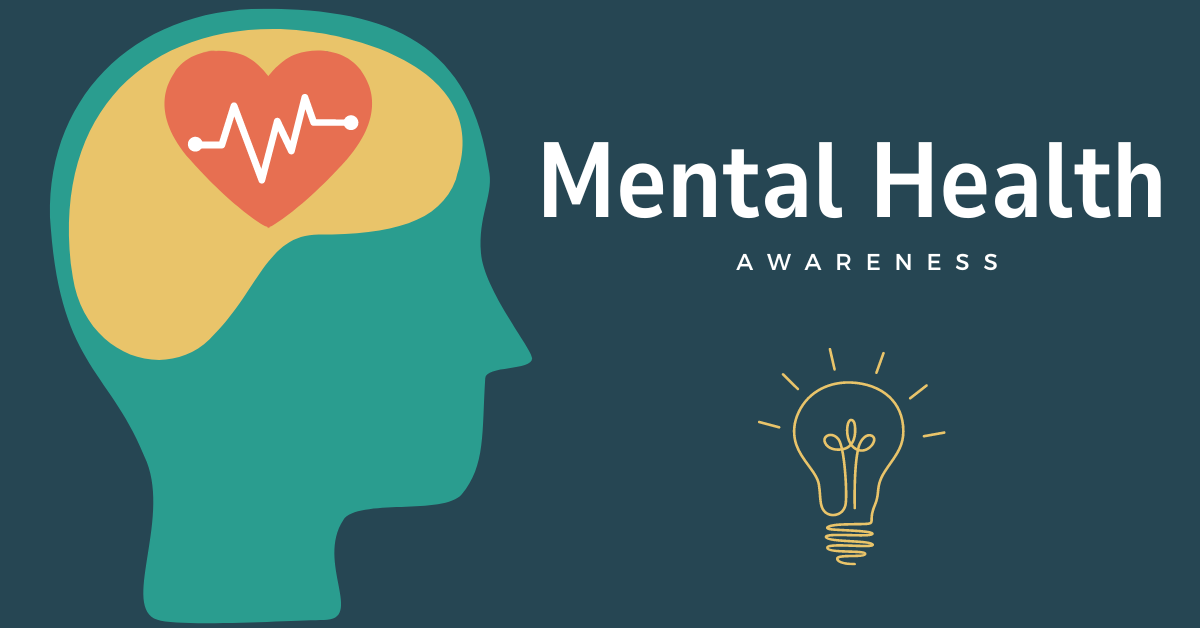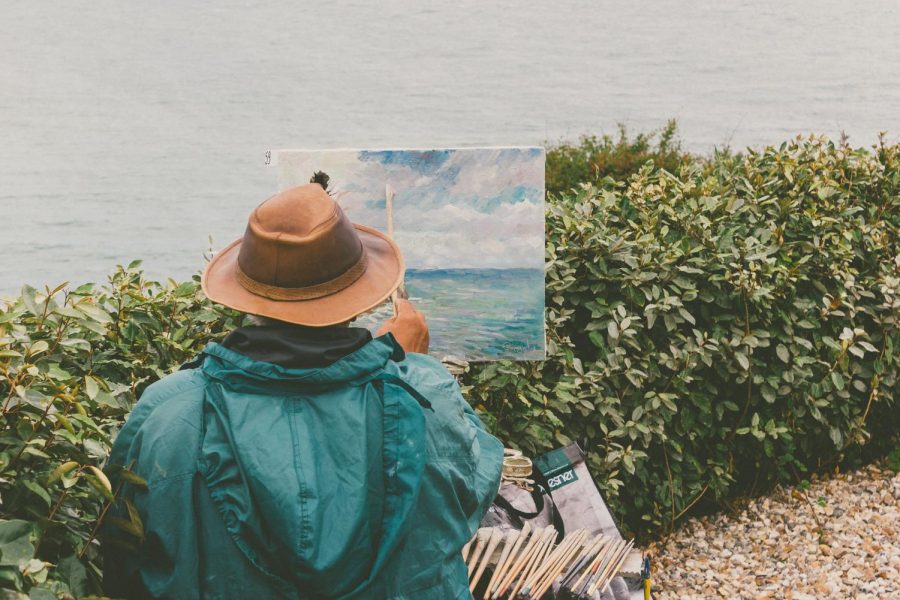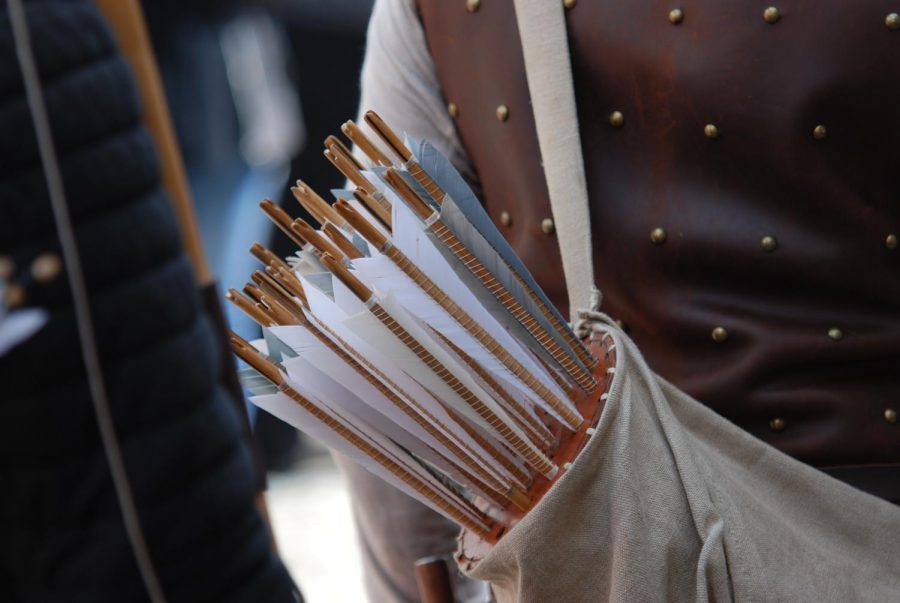Straight, curly, up or down there’s so many ways to wear your hair but it is more than that to African Americans. In Black culture hair plays a big role. Hair can represent a coming of age for young black girls, a means of expression, an everyday accessory, or a way to protect hair but, why?
Historically Africans often used braids to represent social status, specific tribes, and an art form. Dreadlocks which are also a form of braid were first seen and used in Africa to show you marital status and age. African Americans however started using braids to map out slave escape route patterns during slavery. If for hundreds of thousands of years braids were used for a different purpose how have they evolved into what it is today.
As the community started getting more and more included in the American economy their natural hair was seen as ghetto, ratchet, and unprofessional in the workplace. The straight perm or better known as a relaxer was a part of many of their lives, men and women. It was a way to try and assimilate to white Americans for more opportunities in society. As the Black community started embracing their culture more and more the natural hair movement started in the early 2000s. Now that there are more resources for natural hair this movement was able to produce a whole generation of young black people who have more choices than ever with their hair.
Within African American communities for a long time they did not have the same luxuries people as people with other hair types. They couldn’t go to a salon and get their hair professionally done they did each other. Mothers, grandmothers, fathers, and grandfathers alike were usually a young black child’s first and sometimes only hairdressers. As you can imagine hair is a lot to keep up with so for decades back families used the time spent doing hair to grow closer to one another. Hair salons were also often the living room of someone’s home or the kitchen after super.
“One of my happiest memories was spent while my mom was doing my hair in the living room and I got to pick out the barrettes,”Addison Lowry (10, J&C) said.
Hair just like other things we can change about our outward appearance can be crafted into something of your own. Hair represents a sense of individuality among African Americans who didn’t have an identity, not even a name when they first came to America. African Americans have also used hair as a way to challenge gender conformities. Erasing the line between what can and what cannot be for everyone. Whether it’s long, short, red, or blue it’s been a point of pride and a showing of the time, effort, and resources needed to achieve each style.
“I love to wear my hair curly and I love the versatility that comes with it, it’s really another art form,” Asia Leach (12,VA) said.
No matter the reason within the African American community, hair has played a prominent role for many reasons. As time has passed the stigma around hair has become more accepting. Even with all of this moving forward we still manage to take steps back. The Crown Act as of 2023 has been passed in 23 states. The act limits expression in the form of hairstyles, targeting the black community the most In Kentucky the Crown Act has only been passed in 4 of 420 cities. To get involved in fighting for the civil rights of expression and protection you can click on this to learn more.






